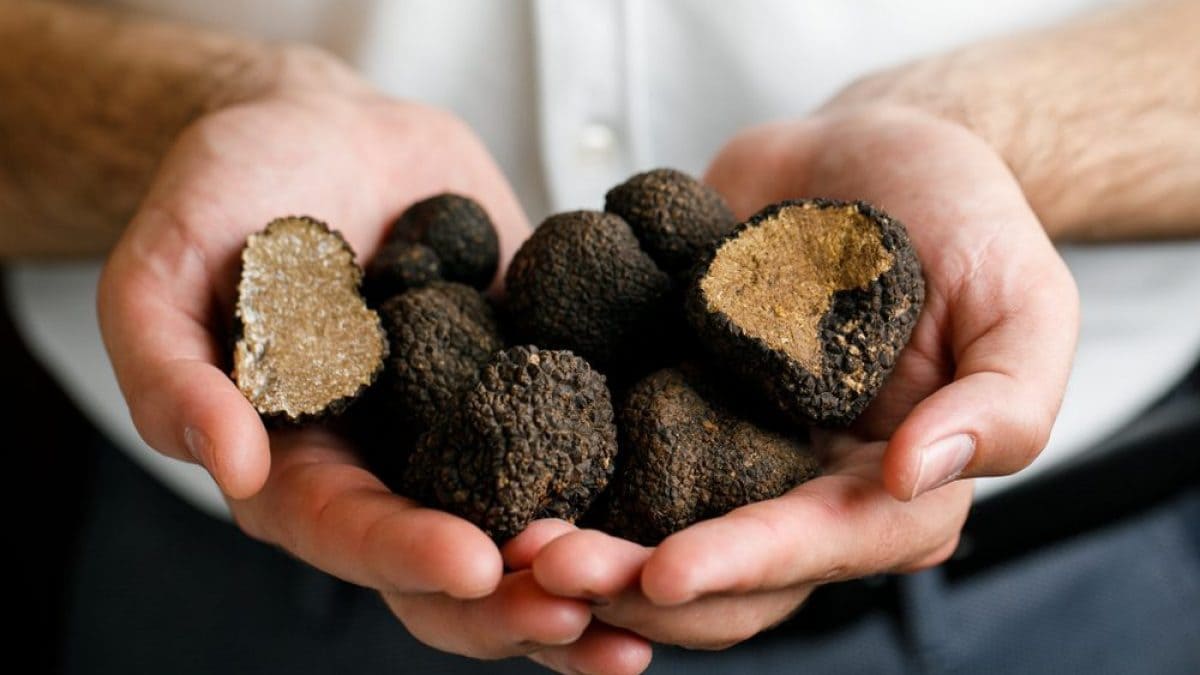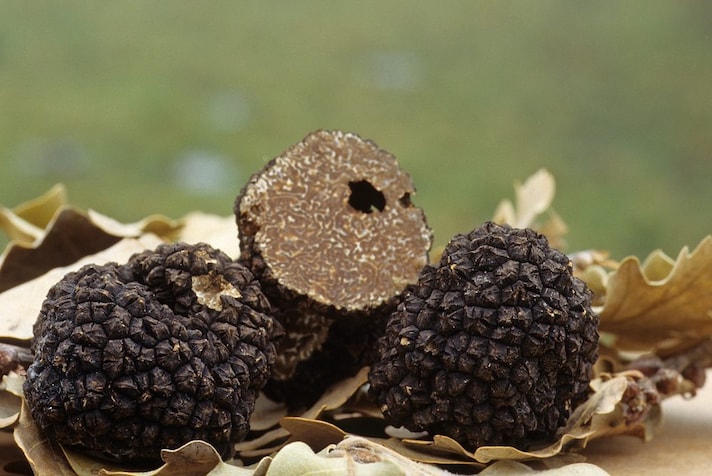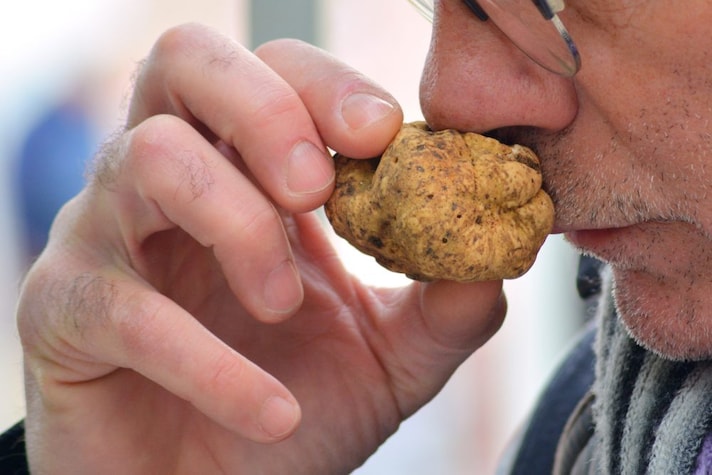
Among the most renowned specialties of our gastronomy, the truffle undoubtedly holds a place of honor: a fungus that grows underground—therefore called hypogeal—and lives in symbiosis with the roots of certain trees, such as oaks, poplars, chestnuts, and hazelnuts, depending on the area. In the U.S. , there are several edible varieties distributed in almost every State, with unique characteristics that distinguish them from one another: the most valuable are the Blue Ridge Truffle, the white truffle (the famous ones from Oregon's Pacific Northwest and Kentucky), and the Tuber Iyonii, the prized Pecan truffle.
A tiny amount, sliced or grated, is enough to add a distinctive flavor and aroma to risotto, pasta, eggs, and crostini, bringing refined recipes to the table . However, the costs are high, and when you have the opportunity to buy a fresh truffle —to be consumed within a few days to fully enjoy its organoleptic properties—it's difficult to know if you're looking at a quality product. Unfortunately, recognizing it requires a lot of experience, and the best way to return home with a superfine truffle is to rely on guaranteed retailers. Nevertheless, using your senses can guide even beginners, so you can be prepared when it comes to purchasing. How? Sight, touch, and smell become the tools for evaluating the freshness of a truffle, noting the brilliance of its color, the integrity of its surface, its firm and compact consistency, and the intensity of its aroma. Below, we'll look at what to look for.
Visual Examination
Let's start by saying that truffles have different shapes depending on the variety, usually rounder in white truffles and more irregular in black ones: in this respect, one is not better than another. Does size matter? Yes, but only to a certain extent: economically and aesthetically, a large truffle tends to have more value, but it doesn't necessarily mean it's fresh and, consequently, delicious. In purely practical terms, a large, round truffle may be easier to handle when cleaning and slicing, but it doesn't necessarily mean it's excellent. So, what details should we really look for?

Color
The outer part of the truffle, its bark-like "rind," is called the peridium, and visual analysis can only begin here. The color varies depending on the type of truffle, with white truffles typically being light, with shades ranging from yellow-ochre to greenish, while black truffles are dark. In both cases, however, it should be bright and never opaque, a sign of an old or poorly preserved truffle.
Surface
Generally smooth in white truffles and wrinkled in black ones, the surface should preferably be intact, free of cracks or scratches: this in particular is important because it indicates that the extraction (when the truffle is brought to light) has been done with the greatest possible care and means that the mushroom will last longer, as the inside is protected.
Glebe
This is the internal part of the truffle that contains the spores. It also contains essential clues to determine whether we are dealing with a fresh truffle, but its inspection can only be done at home. A marbled pulp, without blemishes, is an indication of proper ripeness.

Tactile Examination
Look but don't touch? This is often the case, to avoid potential damage to the product. If the seller allows you to touch the truffle, then pay attention to its consistency: it should be firm and compact, but not rock hard, otherwise you're dealing with a stale truffle. A specimen that's no longer good because it's probably started to rot, on the other hand, will feel soft and spongy, while it should offer some resistance when pressed gently.
Olfactory Examination
The sense of smell is probably the most valuable ally, although it must be trained to distinguish the characteristic traits of the different types. As a general rule, the aroma is intense and easily distinguishable: if it is faint, it means the truffle may have been harvested too long ago. Generally speaking, white truffles have hints of garlic, mushrooms, and honey, while black truffles have earthy, forest floor notes. If you perceive a gassy, methane-like odor, that's perfectly normal: in fact, it's a typical nuance, so much so that detractors say the truffle "stinks." What's not good, however, is an odorless truffle or, conversely, one that smells of ammonia and acidic fermentation, a sign of deterioration.
;Resize,width=767;)
